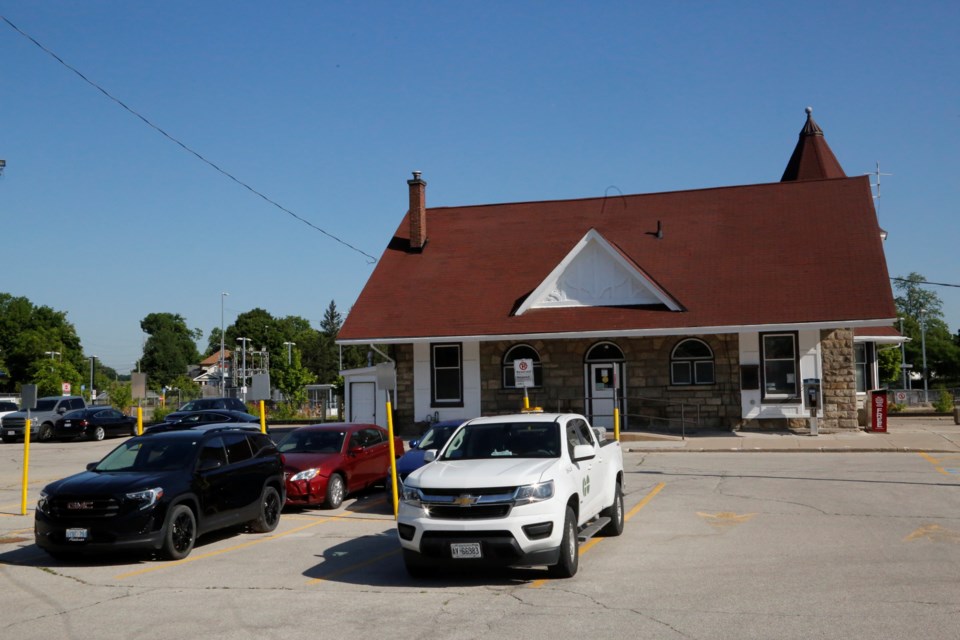Streets being too narrow, construction noise and population density were some of the many concerns raised by residents at a public consultation session this week regarding major proposed development around the Georgetown GO station.
The anxiety stems from the Georgetown GO Station Area/Mill Street Corridor Secondary Plan Review. An official plan is a document that guides the development of a municipality in macro, whereas a secondary plan guides how to use the land of a particular area. The review is a proposal to create transit-oriented, dense development in the neighbourhood surrounding Georgetown GO, also known as the Major Transit Station Area (MTSA).
These are areas within a 500 to 800 m radius from rapid transit. Sometimes called high-order transit, rapid transit is any that is separated from regular car traffic, like heavy rail lines, subways and light rail transit. Halton Region has designated a number of MTSAs. Oakville has some around Bronte GO and Oakville GO stations. Milton created one around Milton GO and Halton Hills has one around Acton GO alongside Georgetown. The Province of Ontario's Places to Grow plan direct municipalities to plan for major population growth, emphasizing walkability, transit and high-density development.
Residents at the meeting expressed apprehension towards this proposal on a number of grounds. Bridgeen Wey, who was representing over 100 residents at the meeting, wanted to know, among many things, about “how the Town (is) going to manage this balance between the redevelopment with intensification objectives while preserving the existing low-density neighbourhood.”
The existing secondary plan within the study area is a mix of low, mid and high-density development. The majority of the residential development is to the southwest of the station. By far the most common development type is low-density residential homes. There are some mid-density homes and fewer high-density ones. The majority of high-density residential units are planned to the northeast side of the station.
Wey said that “we are not necessarily seeing that balance happen currently, especially in our neighbourhood.” She expressed concerns about transit paths. She cited GO buses travelling on the two-lane John Street as “dangerous and hazardous.” She offered to meet staff and walk around the neighbourhood.
It was not all negative. Roscoe Petkovic said, “I do believe that intensification can be a positive thing, as long as it is approached in such a way that it favours maximization of environment concerns.” He particularly highlighted the benefits of dense neighbourhoods to the elderly, where they “don’t have to be put in a box in a corner some place.”
“You can't please everybody all the time. You know, the old cliche,” Councillor Bob Inglis told HaltonHillsToday. “You're going to put more people into a smaller space. Some people in the low-density areas aren't used to it. So there's going to be some unfavourable comments. We've already heard a couple. They're legitimate.”
The secondary plan review is still in early days, specifically in phase one. At this phase, staff and planning consultants do the background work. The second phase will consist of considering land use alternatives. Staff will then examine preferred land use alternatives in phase three. The stage would update the secondary plan.



